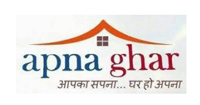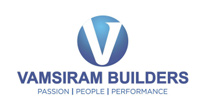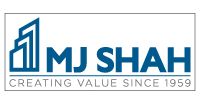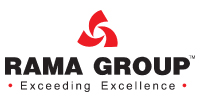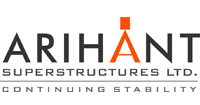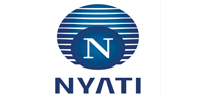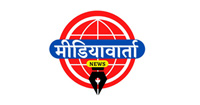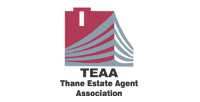Intermodel stations to come up in 15 cities says Minister of Road & Transport
By Realty Quarter Bureau
Intermodal Stations to come up in 15 cities DPR being prepared for pilot projects at Nagpur and Varanasi. IMS Projects will be implemented through spv between Ministries of Road, Railways and concerned State Government
The National Highways Authority of India (NHAI) has conducted detailed pre-feasibility studies for setting up Intermodal Stations at Nagpur and Varanasi, and the development of DPRs for this is in final stages of completion. Fifteen cities across the country have been prioritized for development of IMS of which Nagpur and Varanasi have been selected as pilot projects.
Intermodal Stations are terminal infrastructure which integrate various transportation modes like rail, road, mass rapid transit system, bus rapid transit, inland waterways , auto-rickshaws, taxis and private vehicles etc, so that people can move from one mode to another seamlessly, with minimum use of automobiles. In most cities today, transport hubs like bus terminals, railway stations and others are located far from each other, so inter-modal transfers create pressure on the already congested roads. By bringing the different transport modes at one point, IMS will reduce congestion on roads and also vehicular pollution. IMS will also aid in city de-congestion by encouraging the use of public transportation and by effectively using ring roads and National Highways for entry and evacuation of inter-city bus traffic.
Intermodal Stations are being planned in an integrated manner along with road network development through new connecting roads, bridges, flyovers etc. The stations will cater to passenger volumes for the next 30 years and will have world-class amenities like FOBs with revelators, subways, common waiting rooms, clean toilets and restrooms, integrated public information systems, modern fire-fighting and emergency response services, convenience stores, lifts and escalators, adequate circulation space and commercial establishments.
Multiple benefits exist in developing inter-modal stations over standalone terminals:
Aggregated footfall: Inter-modal stations witness higher footfall than disaggregated transport terminals
Improved passenger experience: Facilities are better managed due to collaboration of multiple entities and commercial development is driven by aggregated footfalls. In addition, passengers do not need to spend time and money to transit between terminals.
Sharing of resources: Shared infrastructure like FOBs, waiting rooms, concourses, public conveniences leads to reduced investment and land requirement. This lowers the investment requirements while increasing the overall synergies in the system
Development of inter-modal stations will also give a boost to commercial development and economic activity in cities, which can significantly alter the socio-economic profile of the development area.
The implementation and operation of the IMS will be done by a Special Purpose Vehicle (SPV) between Ministry of Road Transport & Highways through National Highways Authority of India, Ministry of Railways and respective State Governments. Members of the SPV will provide paid up capital or land as part of their equity contribution to the SPV. MoRTH / NHAI will fund the construction of the terminal infrastructure including railway infrastructure, ISBT, common areas (concourse, waiting rooms, transport retail), parking and other station facilities. Indian Railways / State Government will provide the land for construction of the IMS. Construction and O&M will be bid out to a private concessionaire on a hybrid annuity model (HAM). The commercial development rights will be bid out on a PPP mode, post commencement of operations of the IMS. The returns from commercial development will be used to recover the construction costs.
For the pilot project, the satellite railways stations at Ajni in Nagpur and Kashi in Varanasi have been selected for development of IMS. The salient features of these IMS are detailed in the table below:
| IMS Location | Average Daily Footfall Capacity (requirement up to 2050) | Indicative land requirement (acres) | Modal Integration | No of rail platforms | No of bus bays |
| Nagpur – Ajni | 3,00,000 | 75 acres | Rail, Road (ISBT), Metro | 7 | 200 |
| Varanasi – Kashi | 1,50,000 | 30 acres | Rail, Road (ISBT), Metro & Inland Waterways Passenger terminal | 5 | 100 |
Detailed master planning is being finalized along with road augmentation plans and required modal integrations. Stakeholder consultations are being conducted across key agencies and local administrations for both Nagpur and Varanasi.





















